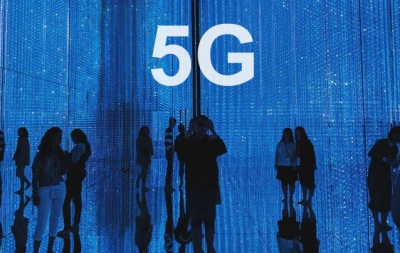New Delhi: Marking 5G era’s first record low year, Ericsson, Nokia and Samsung each announced a drop in overall 2023 sales in their earnings calls, citing macroeconomic challenges and a shrinking mobile network infrastructure market, as well as lower spending by operators.
India was a silver lining, as the unprecedentedly quick rollouts boosted their overall numbers.
However, there was a slowdown among Indian operators during Q4 2023, as they plan to normalise their investments in 2024 following a capex-intensive 2023, reports market intelligence firm Counterpoint Research.
For the year 2023, Ericsson generated nearly $24.8 billion in revenue while its Finnish counterpart Nokia generated $24.1 billion in revenue. Samsung’s network division sales stood at $2.9 billion. Due to the changes in the business mix, its margin remained deflated.
“Ericsson maintained its leadership in 5G Standalone deployments. Meanwhile, its cloud and network services business revenue remained unchanged YoY as the increase was offset in part by the decreased managed service revenues because of descoping and contract exits,” the report mentioned.
Nokia’s Cloud and Network Services business’ net sales were flat for the year but operating profit and margin improved due to digital asset sales and hedging. Nokia ranked second behind Ericsson in terms of the number of 5G Standalone core deployments.
In 2023, revenue from enterprise customers increased by about 15 per cent to $2.46 billion, with 151 new clients joining. Momentum in private networks continued with Nokia catering to more than 710 private wireless clients.
In 2023, Samsung reported $2.9 billion in revenue, down from $4.2 billion a year ago. Samsung saw similar consequences as its Nordic peers, but it remains optimistic about landing key deals for vRAN and Open RAN networks in 2024, the report mentioned.
The industry also saw a big event at the end of the year, with Ericsson signing a $14 billion deal with AT&T to become the provider of its Open RAN-compliant equipment, effectively reducing Nokia’s market share in the NAM region.
“Suppliers are certain that demand will rise and market spending will stabilise as a result of capacity requirements, emerging use-cases, more data traffic, and the integration of more mid-band radios, but the timeline remains uncertain,” according to the report.
Another significant aspect that has been identified as critical in effectively monetizing 5G networks is the ability to provide users with premium access while also improving their experience.
“However, these are actionable items for the future that will provide results in the long run. The short-term gains will come from efficient cost reductions and relevant automation,” the report noted.
–IANS


Comments are closed.